Bypassing a motion sensor on an LED light can be necessary for various reasons, whether you’re troubleshooting the sensor, adjusting its sensitivity, or simply want to keep the light on continuously.
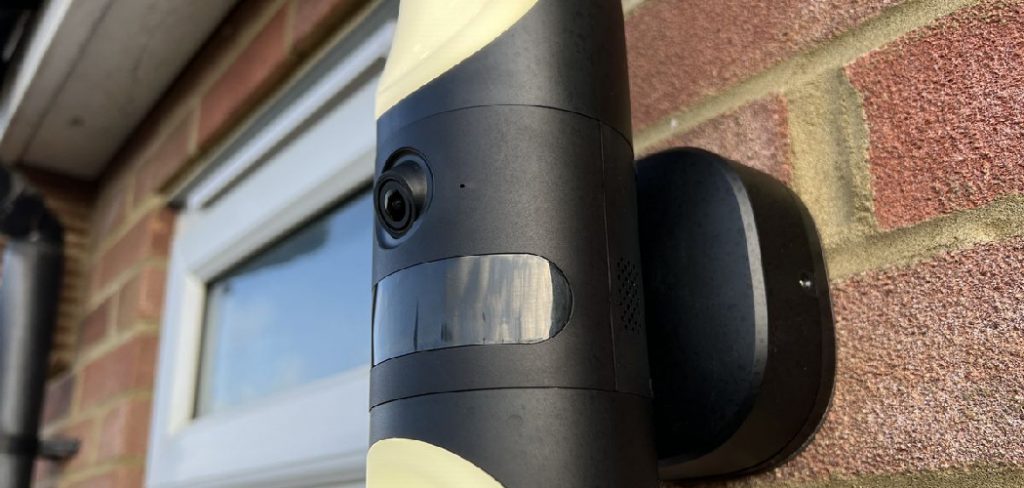
Motion sensors are designed to detect movement and trigger the light accordingly, but there are times when you may need to override this function temporarily. In this guide, we’ll explore methods for how to bypass motion sensor on LED light effectively and safely.
By understanding these techniques, you can ensure that your LED light operates according to your preferences and needs, providing illumination when you need it most without the limitations of motion detection.
Importance of Motion Sensor Lighting
Motion sensor lighting plays a pivotal role in modern lighting solutions, offering both convenience and enhanced security. By automatically illuminating areas in response to movement, these lights provide essential visibility during nighttime and in low-light conditions, reducing the risk of accidents and injuries.
Furthermore, motion sensor lights are an effective deterrent against unauthorized entry, as the sudden activation of bright lights can startle potential intruders, making them reconsider their actions.
From an energy efficiency standpoint, these lights contribute to significant energy savings, as they only turn on when needed, thereby reducing unnecessary power consumption and lowering electricity bills. In essence, motion sensor lighting combines the benefits of safety, security, and sustainability, making it an indispensable feature for both residential and commercial properties.
Situations Requiring Motion Sensor Bypass
There are specific scenarios where bypassing the motion sensor on an LED light becomes not just beneficial, but necessary. One common situation is during social gatherings or events held in spaces usually lit by motion-activated lights.
Continuous illumination, rather than the interruptive on-and-off caused by varying movements, creates a more welcoming and consistent atmosphere. Similarly, in workspaces requiring steady lighting for tasks that involve little to no movement, bypassing the motion sensor ensures productivity is not hampered by fluctuating light levels.

Additionally, for testing or installing new lighting setups, having the ability to disable motion sensors temporarily can facilitate a smoother, more controlled environment to work in.
Lastly, during film or photography shoots, where controlled lighting conditions are paramount, bypassing motion sensors allows creatives to sculpt their scenes without the disruption of lights turning off unexpectedly.
In these and other circumstances, the ability to override motion detection offers flexibility and convenience, ensuring lighting conditions meet the specific needs of the moment.
Understanding Motion Sensor Operation
To effectively bypass a motion sensor on an LED light, it’s crucial first to understand how these sensors operate. Motion sensors for lighting typically use one of two types of technology: Passive Infrared (PIR) or Ultrasonic.
PIR sensors detect changes in the amount of infrared (IR) radiation in the environment. When a person or object that emits heat moves within the sensor’s range, the PIR sensor detects this change in IR levels and triggers the light.
On the other hand, Ultrasonic sensors work by emitting ultrasonic waves and then detecting the echo from those waves as they bounce off moving objects.
Some motion sensors combine both PIR and Ultrasonic technologies for increased sensitivity and coverage, known as dual technology motion sensors. Understanding the specific type of motion sensor you’re dealing with is key to effectively bypassing it, as different sensors may require different methods for bypassing.
This knowledge also assists in troubleshooting issues that may arise with the sensor or the lighting system it controls.
Principle of Motion Detection
The fundamental principle underlying motion detection technology involves the measurement of changes within a defined area. For motion sensors that utilize Passive Infrared (PIR) technology, this measurement is based on infrared (IR) radiation levels.

Every object emits a certain amount of IR radiation, which increases with the object’s temperature. PIR sensors monitor the ambient IR radiation levels and trigger a response, usually turning on a light or sounding an alarm, when they detect a rapid change in those levels caused by the movement of a warmer object, such as a human or animal, across their field of view.
Ultrasonic motion sensors, conversely, operate by emitting ultrasonic waves out into an area. These high-frequency sound waves, inaudible to the human ear, reflect off surfaces and return to the sensor.
The sensor continuously measures the time it takes for the waves to return, and if an object moves into the area, it disturbs the pattern of the returning waves. The sensor detects this disturbance as a change in the wave’s return time, triggering a similar response.
In essence, both technologies rely on the detection of changes within their environment to signal motion. This principle allows for the effective monitoring of areas for security, energy efficiency, or convenience purposes, depending on the context in which the motion sensor is employed.
Understanding this principle is crucial for effectively bypassing the sensor, as it informs the methods by which the sensor’s detection capabilities can be temporarily disabled or adjusted.
Typical Functions of Motion Sensor Lights
Motion sensor lights are designed to serve multiple functions, highlighting their versatility beyond just basic illumination. Primarily, these lights enhance home and business security by acting as a deterrent against potential intruders.
Their ability to instantly light up an area when movement is detected makes it difficult for trespassers to approach undetected, thereby reducing the likelihood of break-ins.
Furthermore, motion sensor lights contribute significantly to safety, especially in poorly lit or high-traffic areas such as walkways, hallways, and staircases. By automatically turning on when movement is observed, they help prevent accidents that could occur due to insufficient lighting, ensuring safe passage for residents and visitors alike.
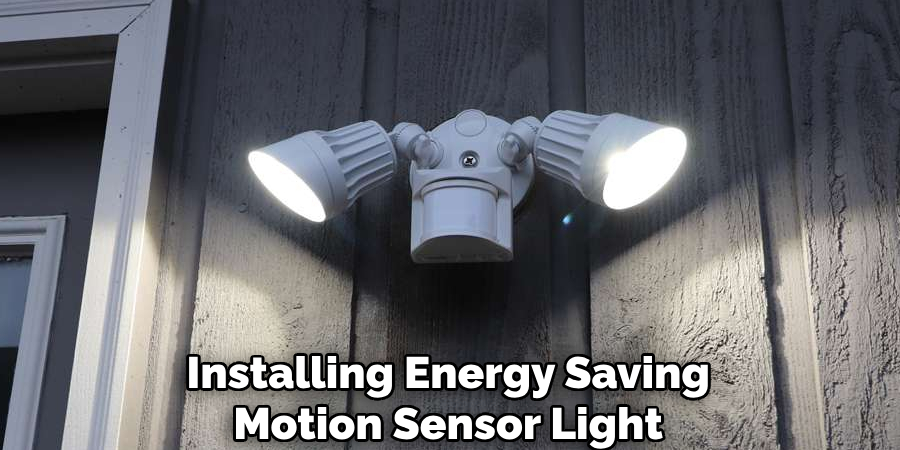
Energy efficiency is another hallmark of motion sensor lighting. By only activating when necessary, these lights save considerable amounts of electricity compared to traditional lighting solutions that stay on continuously. This not only conserves energy but also leads to lower utility bills, benefiting both the environment and the homeowner’s budget.
Lastly, motion sensor lights offer convenience. Whether returning home late at night or moving through a dark indoor space, the automatic activation of light without the need to manually switch it on is a simple yet highly appreciated feature.
This convenience extends to various situations, from carrying groceries into the house to moving around the home during the night without disturbing others by having to turn on lights manually.
In summary, motion sensor lights are invaluable for their security, safety, energy efficiency, and convenience functions. Their adoption can lead to not only a more secure and safe environment but also contribute to significant energy savings and enhance daily living comfort.
Reasons for Bypassing Motion Sensors
There are several motivations behind the desire to bypass motion sensors, each stemming from the need to accommodate specific situational requirements or personal preferences.
- Energy Saving Measures: While motion sensors predominantly serve to conserve energy, there are scenarios where bypassing them can further optimize energy usage. For instance, during periods of inactivity in an area that still requires illumination, bypassing a sensor can prevent unnecessary cycling of the lights, thus saving energy.
- Security Purposes: In certain security applications, the constant activation of lights can inadvertently signal to an intruder the presence and movement of individuals within a property. Temporarily bypassing motion sensors can help in managing what is illuminated and when, adding an element of unpredictability to security measures.
- Convenience and Comfort: In some cases, the constant triggering of lights due to small, inconsequential movements can be disruptive or annoying, especially in a home environment. Bypassing motion sensors during specific times can reduce this nuisance, promoting a more comfortable and less disruptive environment.
- Maintenance and Testing: Technicians and homeowners may need to bypass motion sensors to troubleshoot or test electrical systems. This requires temporarily disabling the sensor to prevent it from interfering with diagnostic tasks or repairs.
- Special Events: For events that require controlled lighting, such as film screenings or presentations, bypassing motion sensors is necessary to maintain the desired ambiance without interruption from automatic lighting adjustments.
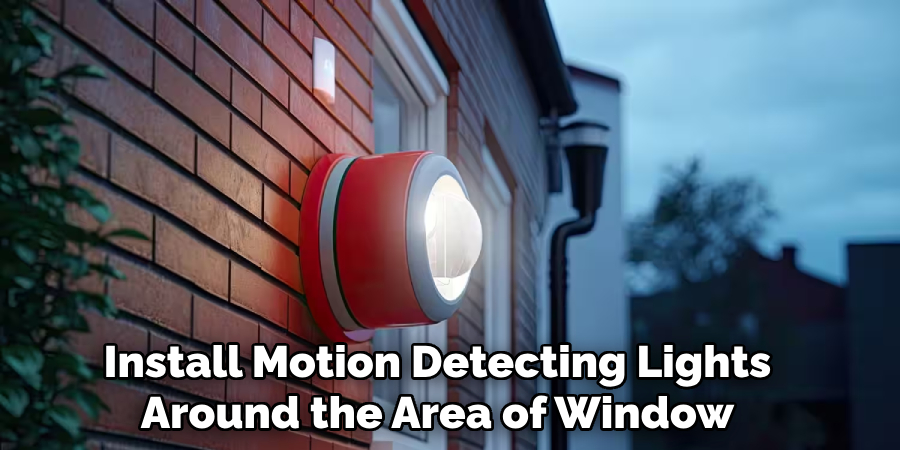
Understanding these reasons for bypassing motion sensors underscores the importance of flexibility in lighting control systems. It demonstrates that while motion sensors offer significant benefits, the ability to selectively disable them can enhance their utility and adaptability to a broader range of use cases.
10 Methods How to Bypass Motion Sensor on Led Light
1.Manual Override Switch:
Some LED lights with motion sensors are equipped with a manual override switch that allows you to bypass the sensor and keep the light on continuously. Locate the manual override switch on the light fixture or housing and toggle it to the “on” position.
This will override the motion sensor and keep the light illuminated regardless of movement.
2.Covering the Sensor:
Covering the motion sensor with a non-transparent material, such as tape or cardboard, can effectively bypass its function. This prevents the sensor from detecting movement and triggering the light. However, keep in mind that covering the sensor may not be a permanent solution and could affect the aesthetics of the light fixture.
3.Adjusting Sensor Settings:
Some LED lights with motion sensors allow you to adjust the sensitivity, duration, and range of the sensor. By adjusting these settings, you can customize the sensor’s behavior to better suit your needs. Refer to the manufacturer’s instructions for your specific LED light to learn how to access and adjust these settings.
4.Disconnecting the Sensor:
If you’re comfortable with electrical work, you can bypass the motion sensor by disconnecting it from the light fixture’s wiring. Locate the wires connected to the motion sensor and disconnect them, effectively bypassing the sensor’s function. Be sure to turn off the power to the light fixture before attempting this method and exercise caution to avoid electrical hazards.
5.Installing a Bypass Switch:
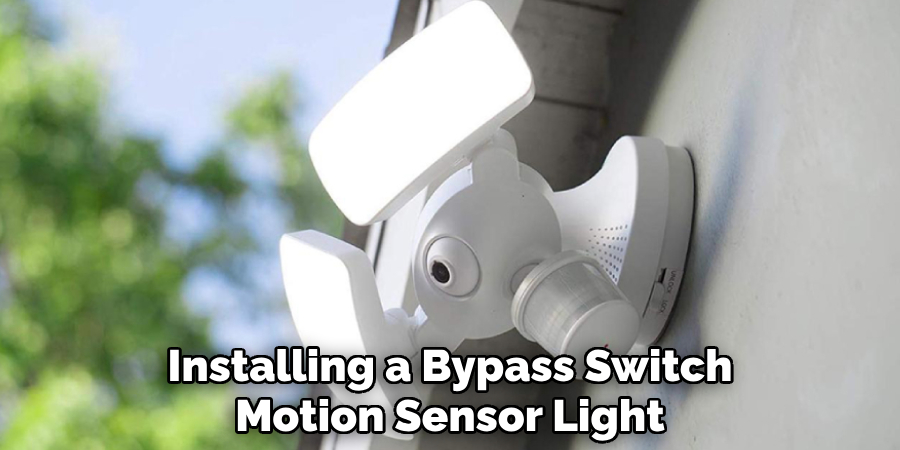
Installing a bypass switch allows you to manually control the motion sensor’s function. This involves adding a separate switch to the light fixture’s wiring that allows you to bypass the sensor when desired. Consult a qualified electrician or follow the manufacturer’s instructions for installing a bypass switch safely and correctly.
6.Using a Remote Control:
Some LED lights with motion sensors are compatible with remote controls that allow you to bypass the sensor remotely. Simply use the remote control to turn the light on or off as needed, bypassing the sensor’s function. Check the manufacturer’s specifications to determine if your LED light supports remote control functionality.
7.Modifying the Sensor Circuit:
Advanced users may choose to modify the circuitry of the motion sensor to bypass its function permanently. This typically involves bypassing or disabling components of the sensor circuit to prevent it from detecting movement. This method requires a good understanding of electronics and should only be attempted by experienced individuals.
8.Using a Timer:
Installing a timer switch allows you to control when the LED light is illuminated, bypassing the motion sensor’s function. Set the timer to turn the light on or off at specific times, overriding the sensor’s detection of movement. Timer switches are available in various configurations and can be installed by following the manufacturer’s instructions.
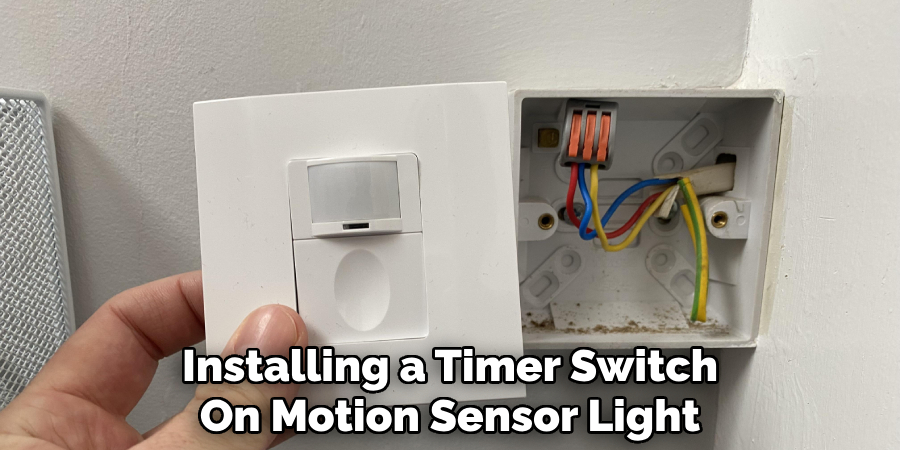
9.Installing a Dusk-to-Dawn Sensor:
motion sensor lights detect ambient light levels and automatically turn the LED light on at dusk and off at dawn, bypassing the motion sensor’s function. Install a dusk-to-dawn sensor in conjunction with the LED light to provide continuous illumination without relying on motion detection.
Follow the manufacturer’s instructions for installing and configuring the dusk-to-dawn sensor.
10.Consulting a Professional:
If you’re unsure about bypassing the motion sensor on your LED light or if you encounter any difficulties, it’s always best to consult a qualified electrician or technician for assistance. A professional can assess your specific situation and provide expert guidance on the safest and most effective way to bypass the motion sensor while ensuring the continued functionality of your LED light.
Safety Considerations
When contemplating the bypass of motion sensors in LED lighting systems, prioritizing safety is of paramount importance.
Not adhering to safety standards can lead to various risks, including electrical hazards, compromised security features, and potential violations of regulatory standards. To ensure safety while bypassing motion sensors, consider the following guidelines:
- Consultation with Professionals: Before attempting any modifications, it is crucial to consult with electrical professionals or technicians who are experienced in lighting systems. They can provide insights into the safest methods for bypassing sensors without compromising the integrity of the lighting system.
- Understanding Electrical Systems: Familiarize yourself with the basics of your home’s or facility’s electrical systems. This knowledge can help prevent accidents during the bypass process and ensure that the modifications do not interfere with other electrical components.
- Compliance with Codes and Standards: Ensure that any modifications made to bypass motion sensors comply with local electrical codes and standards. These regulations are in place to ensure safety and reliability of electrical installations and modifications.
- Use of Appropriate Tools and Materials: Always use tools and materials that are suitable for electrical work. Utilizing non-conductive tools and ensuring all electrical components are properly rated for their application can significantly reduce the risk of electrical shocks and fires.
- Power Disconnection: Before beginning any work on the lighting system, make sure to disconnect power to the circuit involved. This is a fundamental safety measure to prevent electrical shock during the modification process.
- Testing for Safety: After bypassing the motion sensor, conduct thorough testing to ensure the lighting system operates as expected. This includes checking for any exposed wires, ensuring that lights function properly, and confirming that the modifications do not conflict with other electrical systems or sensors.
- Monitoring for Unintended Consequences: Once the motion sensor is bypassed, monitor the lighting system for any unintended consequences, such as increased energy consumption or decreased security measures. It may be necessary to make further adjustments to balance safety, security, and energy efficiency.
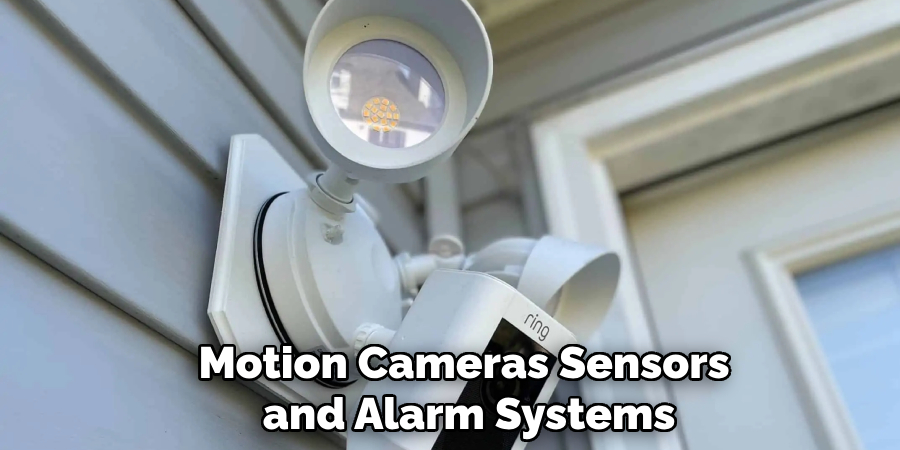
By following these safety considerations, individuals and organizations can mitigate the risks associated with bypassing motion sensors in LED lighting systems. Safety should always be the top priority, ensuring that the benefits of motion sensor bypass can be enjoyed without adverse outcomes.
Conclusion
In conclusion, mastering the bypassing of a motion sensor on LED lights offers individuals the flexibility to tailor their lighting solutions to specific needs and preferences. By following the outlined steps with care and precision, homeowners can confidently deactivate motion sensor functionality to achieve manual control over their LED lights.
Whether it’s for temporary convenience, specific lighting requirements, or troubleshooting purposes, knowing how to bypass a motion sensor provides invaluable flexibility in lighting management. Remember to test the lights thoroughly after bypassing to ensure proper functionality, and consider reversing the bypass if automatic lighting features are desired again in the future.
With a commitment to understanding and implementing these bypassing techniques, individuals can enjoy customized lighting solutions that cater to their unique preferences and enhance the overall convenience and functionality of their home lighting systems.
Thanks for reading, and we hope this has given you some inspiration on how to bypass motion sensor on led light!
About
Safety Fic is a distinguished figure in the world of Diy design, with a decade of expertise creating innovative and sustainable Diy solutions. His professional focus lies in merging traditional craftsmanship with modern manufacturing techniques, fostering designs that are both practical and environmentally conscious. As the author of diy, Safety Fic delves into the art and science of Safety Fic-making, inspiring artisans and industry professionals alike.
Education RMIT University
(Melbourne, Australia) Associate Degree in Design (Safety Fic) Focus on sustainable design, industry-driven projects, and practical craftsmanship. Gained hands-on experience with traditional and digital manufacturing tools, such as CAD and CNC software.
Nottingham Trent University
(United Kingdom) Bachelor’s in diyfastly.com and Product Design (Honors) Specialized in product design with a focus on blending creativity with production techniques. Participated in industry projects, working with companies like John Lewis and Vitsoe to gain real-world insights.
Publications and Impact
In diy, Safety Fic his insights on indoor design processes, materials, and strategies for efficient production. His writing bridges the gap between artisan knowledge and modern industry needs, making it a must-read for both budding designers and seasoned professionals.
